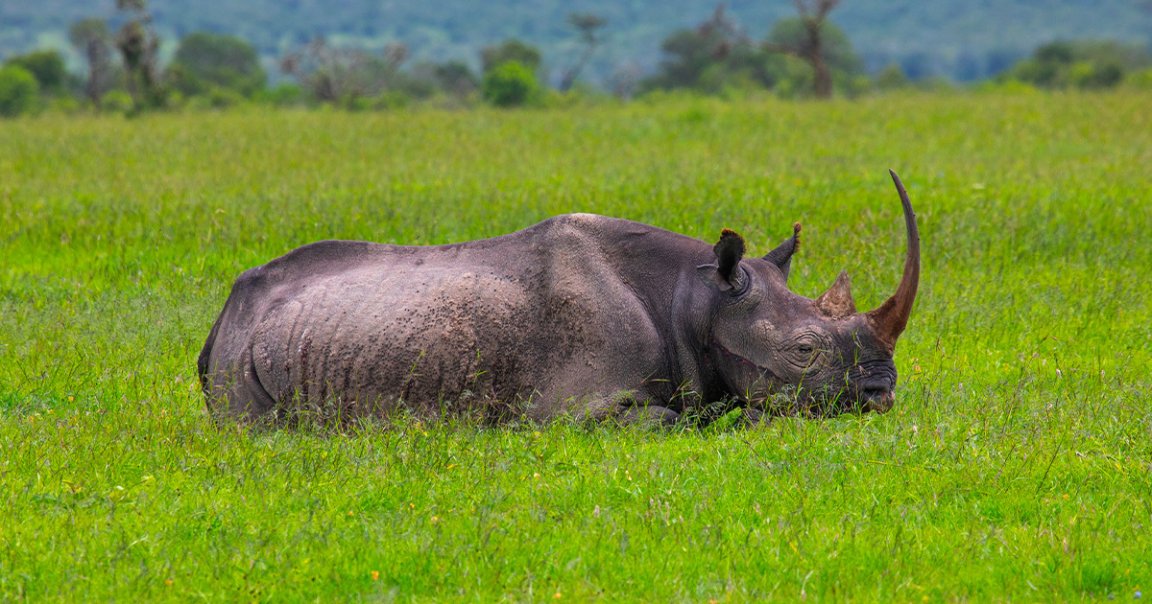
De-Natured
Amid widespread environmental destruction and the pressures brought by climate change, the average size of wildlife populations across the Earth has plummeted by 73 percent in just fifty years, according to a new analysis released by the World Wildlife Fund.
This astonishing figure comes from data on nearly 35,000 animal populations encompassing some 5,500 species tracked in the Living Planet Index, a database that includes mammals, reptiles, and fish, but excludes insects and other invertebrates.
Between 1970 and 2020, land populations have dropped by 69 percent on average, the analysis found, while marine populations have fallen by 56 percent. Freshwater populations suffered the worst at an 85 percent decline. That brings us to the overall figure of 73 percent, which is four points more than it was in 2018.
“It really does indicate to us that the fabric of nature is unraveling,” Rebecca Shaw, WWF’s chief scientist, told The Washington Post.
Pop Culture
The hardest hit regions were Latin America and the Caribbean, where populations have been decimated by 95 percent on average. In a considerably less steep drop, populations in Europe and North America fell by a little over a third — but this was partly because their wildlife populations had already been severely culled well before 1970.
The astonishing figures are grim — but they may be a tad misleading. While the biodiversity loss is undoubtedly dire, many scientists say that the research methods are flawed, as The New York Times reports. This isn’t out of malice or incompetence, per se, but because summing up the very complicated reality of wildlife decline into a single metric is an inherently fraught task.
For example, because the figure is an average, fluctuations in small populations can result in big percentage changes that skew the overall figure, the NYT notes.
The figure can also sound like it’s saying that the total number of animals in the world has dropped by an astonishing percentage, when, once again, it is in reality an average of what’s experienced by tens of thousands of populations.
Then there’s the additional headache of actually identifying what a discrete wildlife population is, and accurately tracking its numbers.
“What would be wonderful is if people could help us make this a better estimate,” Robin Freeman at the Zoological Society of London, which runs the index with the WWF, told the NYT. “We’ve tried to make the code open-source, the data open-source, we’re using peer-reviewed methods.”
Call To Action
Don’t get the wrong idea, though: the unfolding catastrophe that is biodiversity loss is a well-documented phenomenon.
The WWF analysis identifies habitat destruction caused by food production as the primary culprit, and behind it, the disruptions caused by invasive species, disease, and climate change. If we don’t address this immediately, the scale of the issue could quickly spiral out of control, the report warns.
“When nature is compromised, it is more vulnerable to climate change and edges closer to dangerous and irreversible regional tipping points,” Shaw said in a statement. “When this happens in too many places around the globe, it threatens the very air we breathe, the water we drink, and the food we eat.”
More on the environment: Our Climate Is So Screwed Up, It Rained in the Sahara Desert